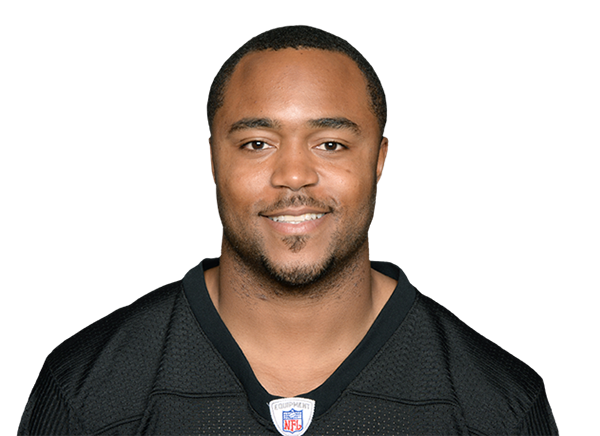When the Pittsburgh Steelers signed free agent safety Mike Mitchell to a big money contract last offseason, they were looking to replace Ryan Clark, who was the team’s primary starting free safety from 2008 to the 2013 season alongside Troy Polamalu. The two combined to form arguably their finest safety tandem in club history.
It’s easy to forget in hindsight, however, that it wasn’t until a few years into his tenure with the Steelers that Clark actually became the Pro Bowl player that he was for a couple seasons. Drawing comparisons between Clark in his prime and Mitchell in his first season with the team may have distorted reality, or at least expectations, a bit.
Although Mitchell came to the team with greater expectations and a higher pedigree, they both came into the organization having had some similarities in the early portions of their career, beyond their draft status.
Clark was in his age 27 season when he signed with the Steelers prior to the 2006 season, entering the starting lineup for 12 games, registering 72 tackles and an interception. He finally emerged as a trusted starter with the Redskins, becoming a free agent after interception three passes in 2005.
Mitchell struggled to find playing time with the Raiders, but after signing with the Panthers, he was able to post some impressive numbers in terms of sacks, interceptions, and forced fumbles, which is what attracted him to the Steelers and other suitors.
In his first season with the Steelers, he registered 72 tackles to go along with two forced fumbles. In neither case, of course, do the raw numbers paint the full picture, but the reality is that neither safety excelled in their first seasons with Pittsburgh.
Clark really began to take off a bit later as he hit his age 30 season until he regularly began posting 100-tackle seasons, and he tended to be good for a pair of interceptions per season on the back of strong run defense.
It’s hard for me to imagine that Mitchell does not have that ceiling, and that he will not continue to improve in this secondary as the defense grows around him. He has just turned 28, and is healthier this season than he was last season, with a better understanding of the system. Improvement is the natural projection here.
Might he grow into a Pro Bowl-caliber player, as Clark did after four or five seasons with Pittsburgh? It’s hard to say, given that so much of his success in Carolina was predicated upon playing with a strong defensive unit—the same argument could be made for Clark as well, by the way.
While we wait for him to grow into the true successor for Ryan Clark, however, the point here is to remember that it took Ryan Clark several years before he himself became the Ryan Clark that we envision when we talk about replacing him. It takes time to develop, especially when a change in defensive systems is involved.








